The debate over peeing in the shower continues, with many advocating for the practice due to its water-saving benefits. However, Dr. Alicia Jeffrey-Thomas, a pelvic health specialist, warns that for those assigned female at birth, this habit could have unintended health consequences.
The Water Conservation Argument
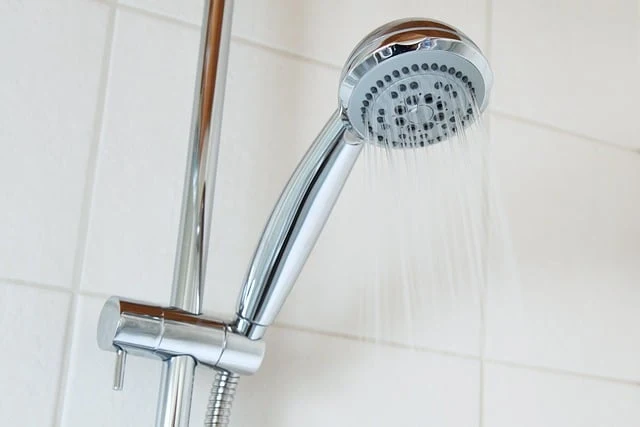
One of the strongest arguments for urinating in the shower is its potential to save water. By eliminating the need for a separate toilet flush, a person could save approximately 2,190 liters (579 gallons) of water per year. If the entire U.S. population adopted this practice, it could lead to an annual water savings of 699 billion liters (185 billion gallons). This significant reduction in water consumption highlights the environmental advantages of shower urination.
Potential Health Risks: The Pelvic Floor Connection
Despite the environmental benefits, the potential health consequences of this habit must be considered. Dr. Jeffrey-Thomas explains in a TikTok video that regularly peeing in the shower may lead to pelvic floor and bladder control issues.
The Pavlovian Response
Dr. Jeffrey-Thomas likens this habit to Pavlov’s classical conditioning experiment, where dogs learned to associate the sound of a bell with food. Similarly, repeatedly urinating in the shower can train the brain to link the sound of running water with the urge to pee. This association may result in involuntary urination triggered by running water sounds, such as a faucet, toilet flush, or even rain.
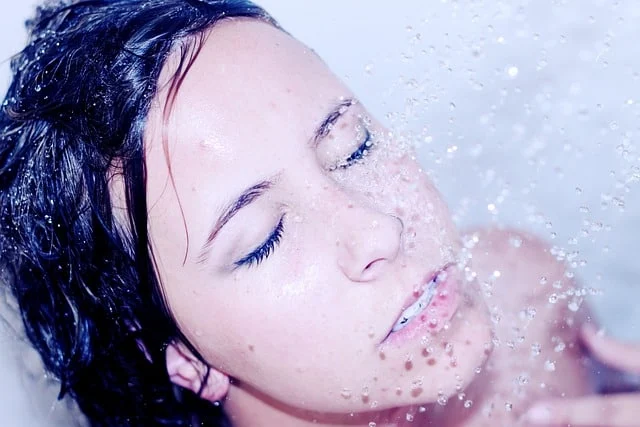
Pelvic Floor Dysfunction Risks
For individuals with existing pelvic floor dysfunction, this learned association can exacerbate bladder control problems. Dr. Jeffrey-Thomas explains that urinating while standing in the shower does not allow the pelvic floor muscles to fully relax, potentially leading to incomplete bladder emptying. Over time, this can contribute to urinary retention and increase the risk of urinary tract infections (UTIs).
Some argue that squatting while urinating in the shower might alleviate pelvic floor strain. Dr. Jeffrey-Thomas acknowledges that a full squat position allows for better pelvic floor relaxation, but she still advises against making shower urination a habit. If one must urinate in the shower, a proper squatting position is preferable to standing.
Why Doesn’t Toilet Flushing Trigger the Same Response?
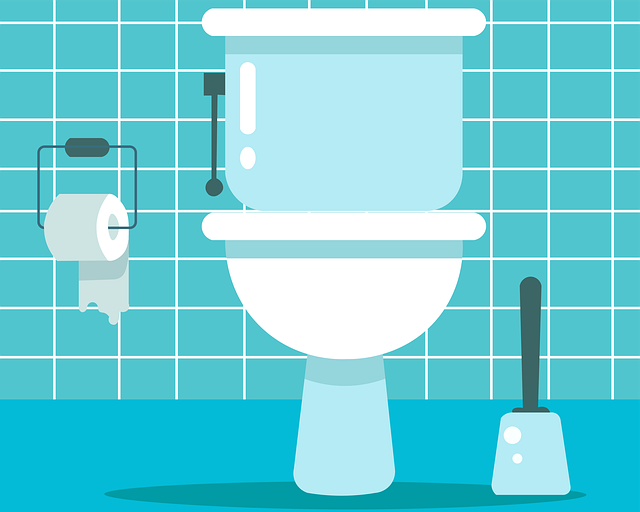
A common question is why flushing the toilet doesn’t condition the brain in the same way. Dr. Jeffrey-Thomas clarifies that by the time a person flushes the toilet, they have already urinated, so no association is formed. However, individuals who struggle to resist the urge to urinate when exposed to running water may already have underlying bladder control issues.
Understanding Pelvic Floor Dysfunction
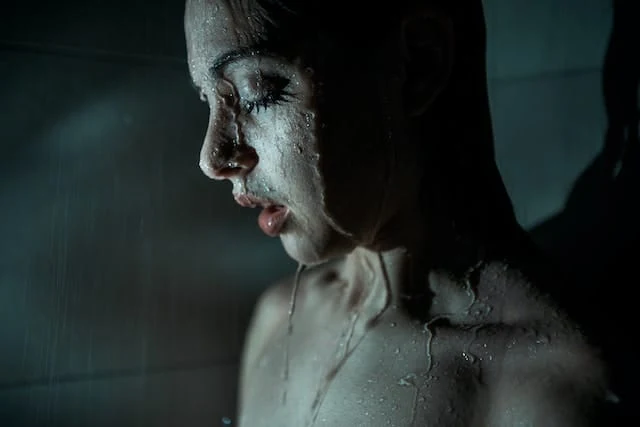
Pelvic floor dysfunction is a common condition, particularly among women. The pelvic floor is a group of muscles that support the bladder, uterus, rectum, and other organs. Dysfunction occurs when these muscles become too weak or too tight, leading to symptoms such as:
- Urinary and bowel incontinence
- Lower back pain
- Pain during intercourse
- Increased urgency or frequency of urination
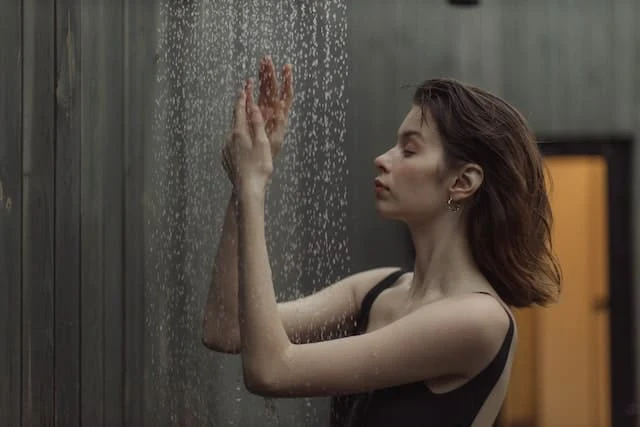
Factors such as childbirth, surgery, aging, obesity, and high-impact activities can contribute to pelvic floor dysfunction. Given that urinating in the shower might worsen symptoms, individuals should be aware of these risks before adopting the habit.
The Biological Factor: Why Female Anatomy Matters
Dr. Jeffrey-Thomas emphasizes that those with female anatomy are not designed to urinate while standing. Unlike male anatomy, where the positioning allows for better bladder emptying while standing, females may struggle to fully relax the pelvic floor in this position. This can lead to incomplete bladder emptying, increasing the risk of UTIs and other urinary complications.
Pros and Cons of Peeing in the Shower
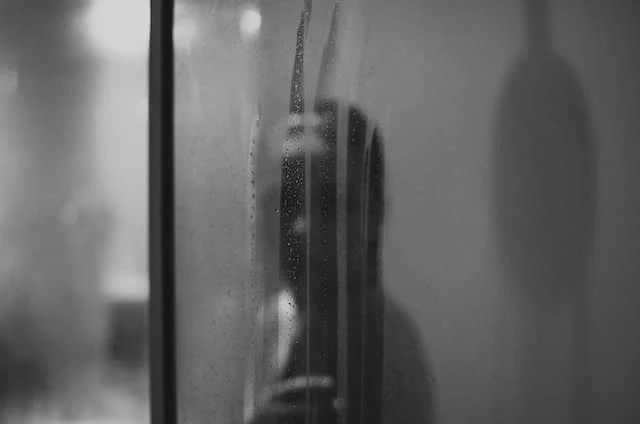
Pros:
- Water conservation: Reduces toilet water usage significantly.
- Convenience: Saves time, particularly during a rushed morning routine.
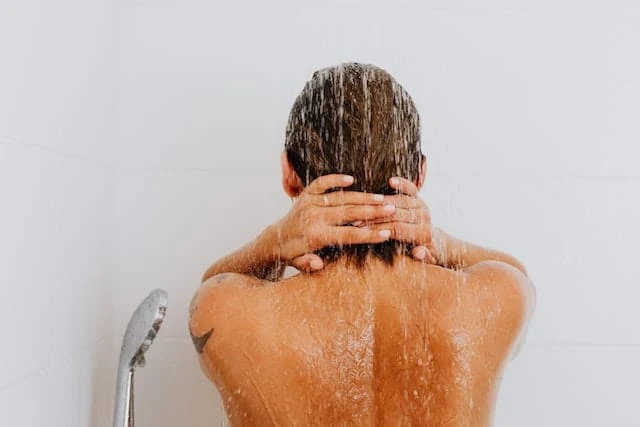
Cons:
- Pelvic floor health risks: May contribute to bladder control issues and pelvic dysfunction.
- Conditioned response: Can create an involuntary urge to urinate when exposed to running water.
- Sanitation concerns: While urine is mostly sterile, it can still contain bacteria that may pose hygiene risks.
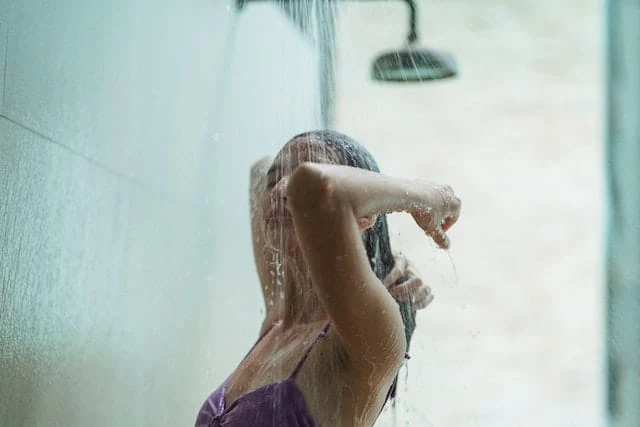
The Bottom Line
While peeing in the shower may seem like an eco-friendly and convenient habit, it is important to weigh the potential health risks. Dr. Alicia Jeffrey-Thomas’s insights serve as a reminder to consider the long-term effects of our daily routines. Striving for sustainability should not come at the cost of personal health. Ultimately, making an informed decision based on both environmental and health factors is key to maintaining overall well-being.
Man Kept Hearing Strange Noises Under Driveway, Look What He Found Inside.
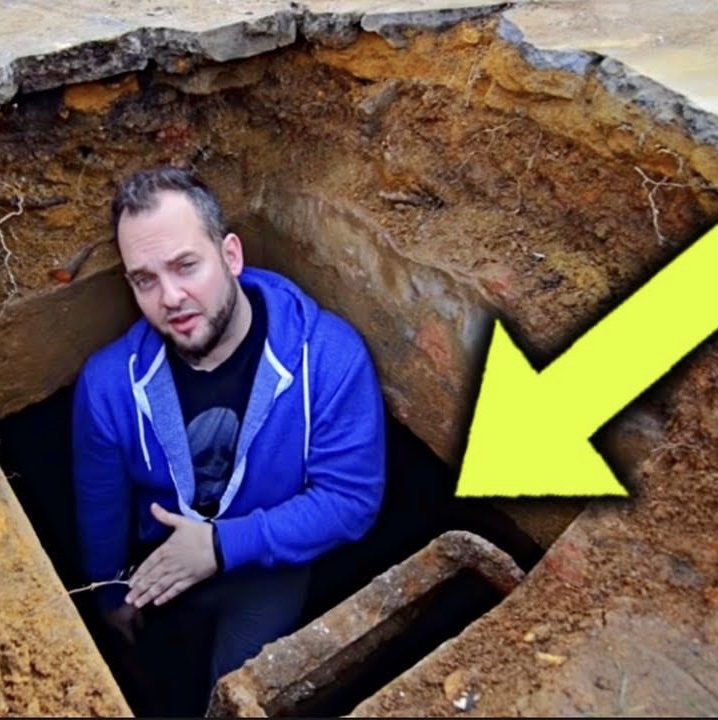
Simon Marks, a 37-year-old man, made an interesting discovery. Stated differently, he’s been living in the same house for a long, but he just recently came to terms with the fact that he didn’t know what was hidden in the house he’d bought a few years earlier.

One day, while trying to park his car, he came upon what he believed to be a flowerbed. The wheels on his car got stuck, and he heard strange cracking noises coming from the driveway.
“Well, this day couldn’t get any worse,” he thought to himself.
When Marks knelt down to look into the issue more thoroughly, he saw that the driver had given way because the stones in the driveway had broken. An astounding discovery was made audibly by the sound of the pavers shattering.
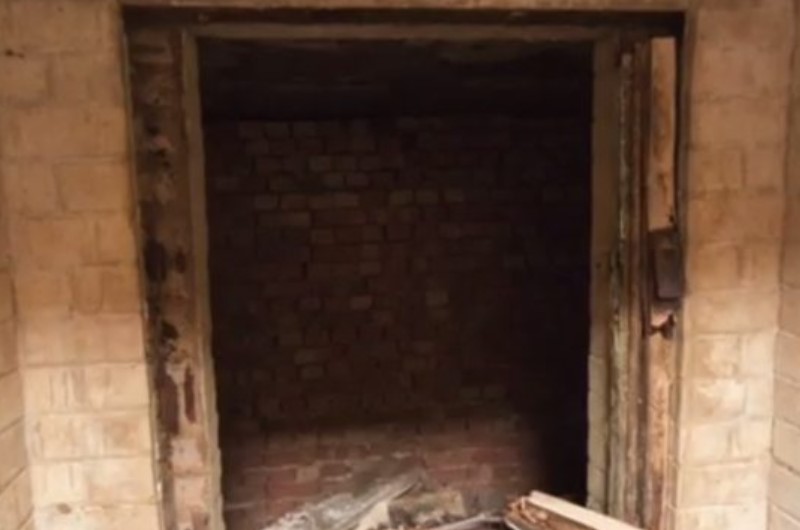
Once all the dirt had been removed, he discovered a piece of metal underneath. Uncertain of what might be beneath the driveway, Marks grabbed onto the metal piece and tried unsuccessfully to pull it out. Then he turned back to investigate the mysterious object further.
He didn’t know what to do next, so he called his father for help. When they worked together, they were able to clear away a significant amount of dense muck, eventually exposing an aperture. Curious to explore where the rusty, rusting ladder would lead them, the two men climbed down.
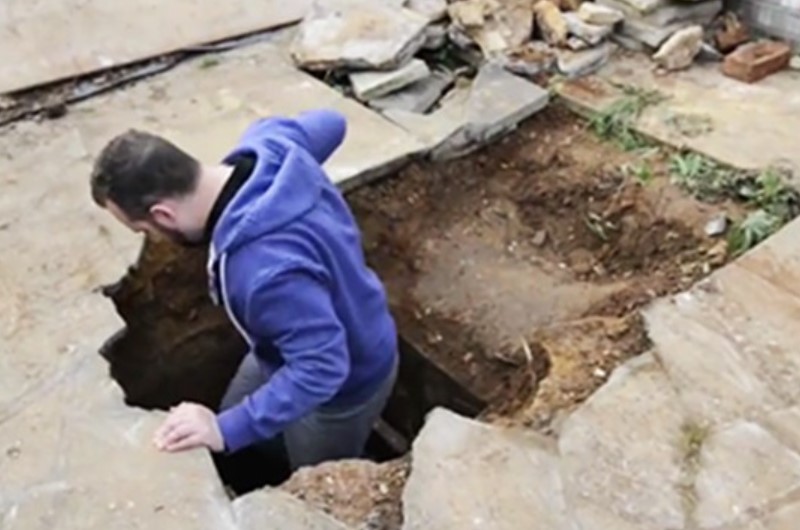
“My dad saw it and knew right away that it was an air raid shelter,” Marks remembered.”We found that there are a lot in this area after browsing on Google.”
It appeared that the shelter they discovered in Marks’ garden was built during World War II.
As per Marks, “the previous owner had to have been aware of its existence and had to have filled it in during the construction of the house and garden.”

These shelters were designed to protect civilians from bombing during the conflict. They are said to have been invented by a man named Sir John Anderson.
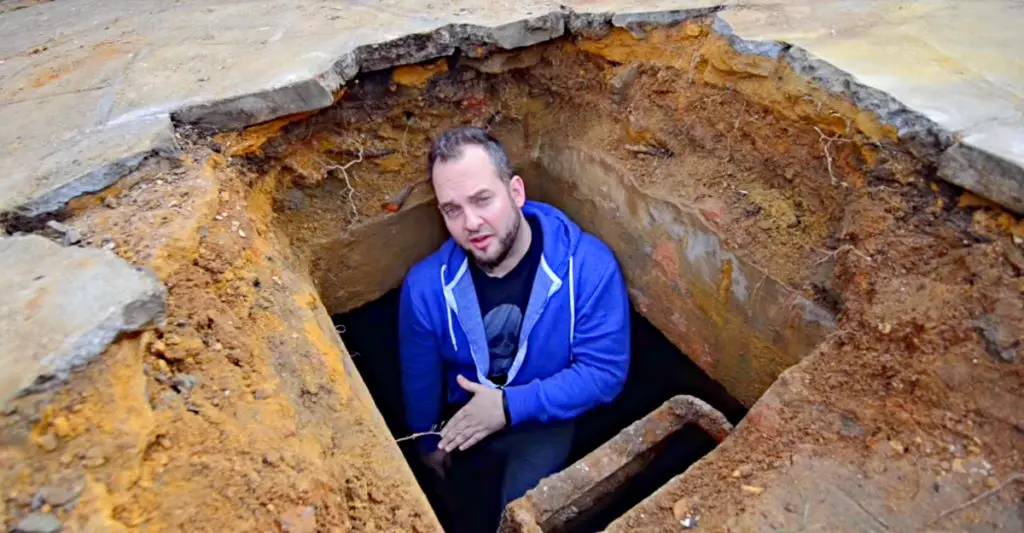
Bricks have been used to close off a wall. We don’t know, but I’m 99 percent positive that we won’t find any more chambers. According to Marks, they might have bricked up one of the walls to create way for the foundations when the house was built.”If that’s the case, we’ll just have to leave it,” he said.
His discovery was caught on tape, and his story quickly spread throughout the world.
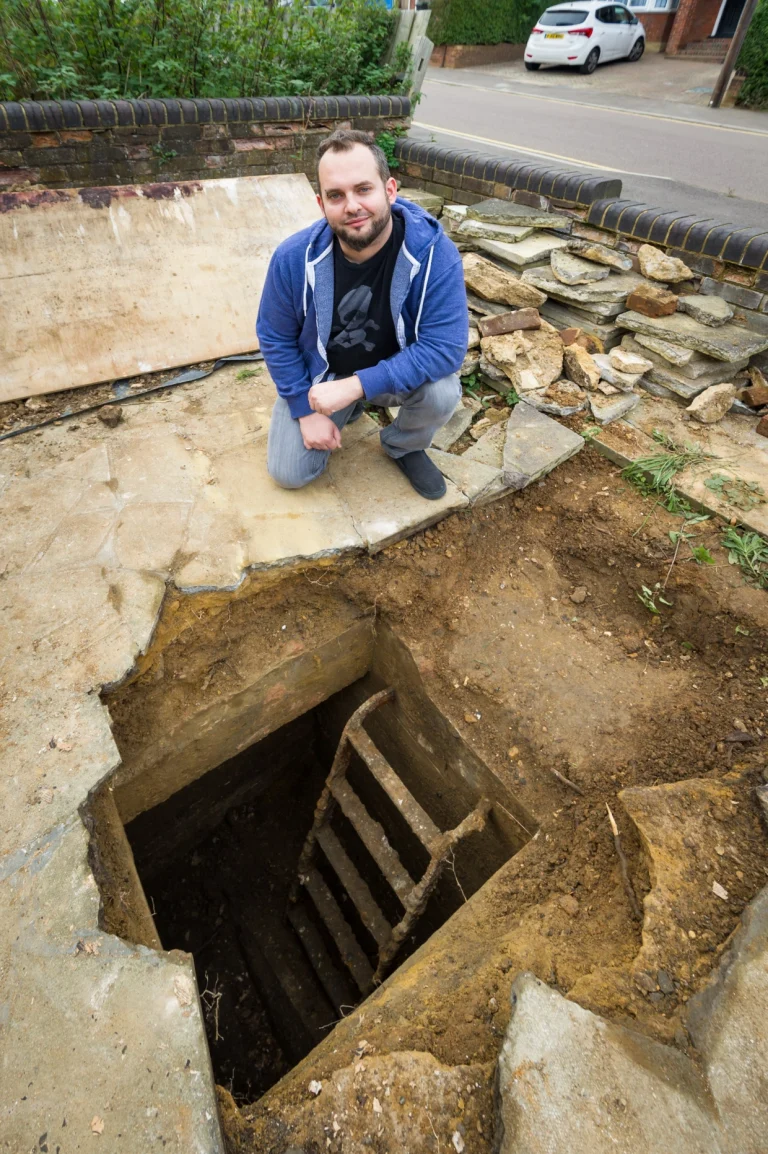
Marks and his father plan to renovate the shelter because they view it as an important historical landmark. They argue that although if that period of history is behind us, it shouldn’t be disregarded because it offers us a window into earlier eras.



Leave a Reply